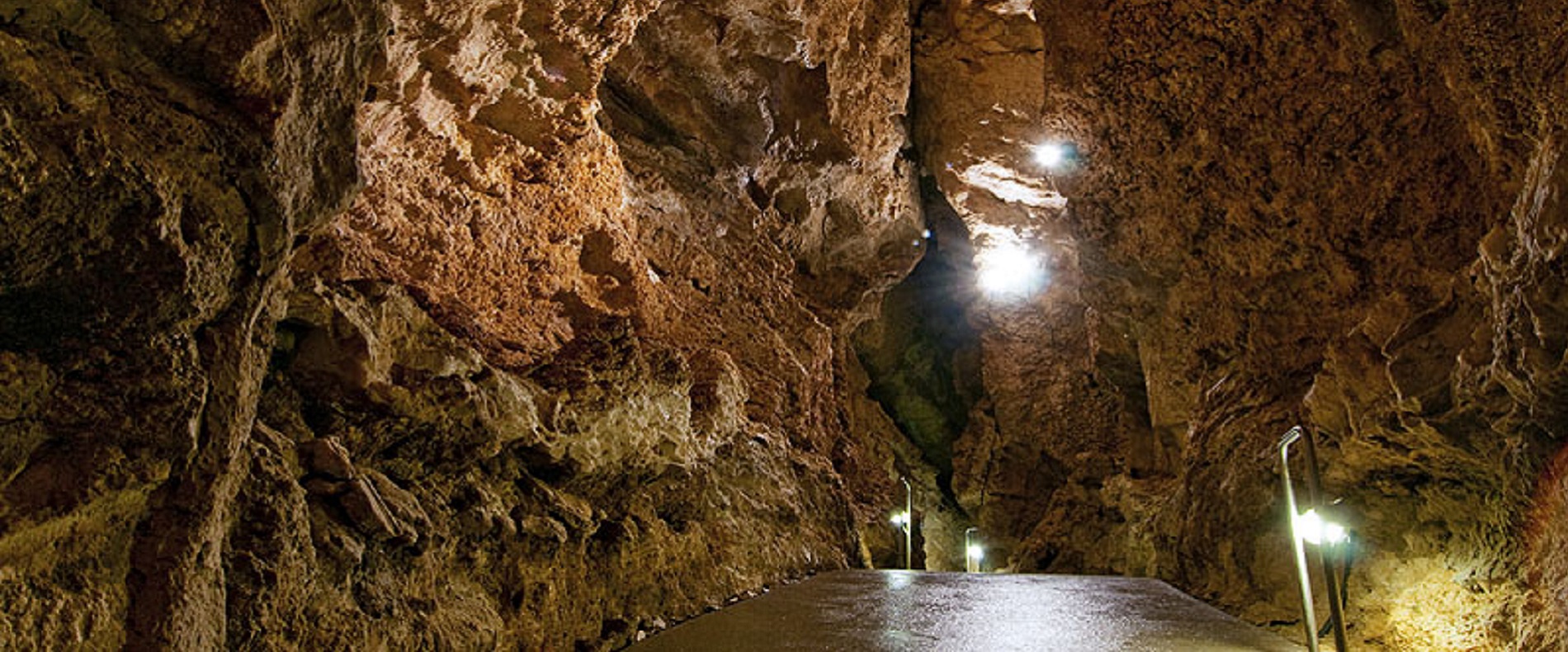
Caves of the Buda Thermal Karst System
Located in the inner area of Budapest, the property on the Tentative List of Hungary includes special representations of a rare cave type: the Pál-völgy Caves, as well as the altogether 53.6 km long, highly protected system of passages of the Ferenc-hegy Cave, Molnár János Cave, József-hegy Cave, Szemlő-hegy Cave and Buda Castle Cave, and the protected natural environments and monuments around the cave entrances.
Most of the karst caves of the world are formed by water seeping in directly from the surface, but the caves of the Buda thermal karst system were created by karst thermal waters surging to the surface from the deep. The caves on the World Heritage Tentative List of Hungary not only represent various stages of this formation process, but also – due to the unique impacts on each cave – the different varieties of thermal karst cave development. Beside the common characteristics of the Rózsadomb caves (the dissolved cavities in the limestone, the presence of calcite and barite crystals, and the sudden changes in the dimensions of the passages), the scallops indicative of rapid water flow are exclusive to the oldest Ferenc-hegy Cave, where the most dense and regular, but also the narrowest passage system was formed. Located on a deeper level in the same mountain block, the Szemlő-hegy Cave is the typical thermal karst cave of Hungary where – due to the solution and mineral forms that cannot be explained by the traditional cave formation model – the genetic connection of the inactive cave and the hot springs at the foot of the hill was discovered as early as the 1930s. Beside these elements, the system of the Pál-völgy Caves in its explored 29.7 kilometers contains sediment form the surface, vadose solution forms and a multitude of different dripstone formations due to the subsequent inflow and infiltration of water. Also, this is the only inactive cave in the area that ends in a small cold-water pond reaching the current level of the karst spring.
An exceptional multitude of acicular aragonite crystals and various gypsum precipitations can only be found in the spectacular József-hegy Cave, discovered in 1984. These, along with the sprawling ground plan of the cave indicate that sulfuric acid produced during the oxidation of hydrogen sulfide was most likely also involved in its formation. Undoubtedly, the Buda Castle Cave spreading under the Várhegy has the most unique way of cave development, since its caverns were dissolved at the boundary of two different layer of rock in the travertine deposited in a previous phase of hot spring activity. Among these caves that are gradually becoming inactive due to the curve of the Danube and the elevation of the Buda side is the Molnár János Cave on the current level of the karst spring, its passages filled with 20-23 °C temperature thermal spring water, providing an excellent opportunity to examine the characteristics of recent thermal karst cave formation.
It is also worth noting the special location of those outstanding natural values, since the caves spread under a metropolitan area, with the history and development of which they are closely intertwined to this day. The caverns of the Buda Castle Cave were already utilized in the Middle Ages by the inhabitants of the Várhegy. They were first converted to cellars, and then interconnected underground shelters during World War II, as testified by not only archaeological finds and architectural remains, but also by written sources from the 16th century. The water from the Molnár János Cave powered flour, and then powder mills until the 19th century, its medicinal water was utilized from the start and still contributes to the water supply of the Lukács Thermal Bath. The discovery of the other four caves was clearly the result of urban sprawl: their first passages were only opened in the 20th century during artificial surface demolitions such as stone quarrying, canalization, or laying the foundations of a building. Although today known to be a total of 53.6 kilometers long, only 15.3 kilometers of the cave passages were explored until 1980, meaning that more than two-third of the passages were discovered thanks to targeted research carried out in the past four decades.
The protected natural area around the entrance of the Ferenc-hegy Cave is a public welfare forest, and the other four Rózsadomb caves are surrounded by parks. The buildings in these areas are small and serve the purpose of utilizing and researching the caves. Next to the Molnár János Cave, the remains of the building of the former Népgőzfürdő public steam bath – the dome of which was the first such reinforced concrete structure in the country – is also a protected monument. The properties around the Buda Castle Cave are part of the already listed cultural world heritage site.
